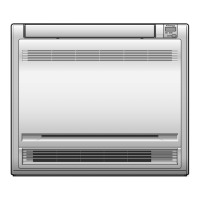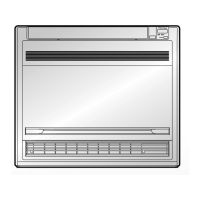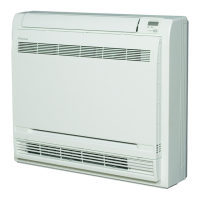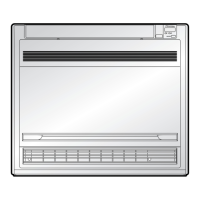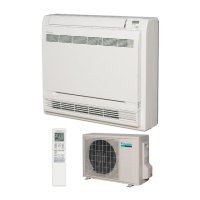What to do if my Daikin FVXS60LVMA does not operate and the OPERATION lamp is off?
- MMary RichmondSep 16, 2025
If your Daikin Air Conditioner isn't operating and the OPERATION lamp is off, check these potential issues: * Verify that a breaker hasn’t turned off or a fuse hasn’t blown. * Confirm there isn’t a power failure. * Ensure batteries are correctly installed in the remote controller. * Check if the timer setting is correct.
